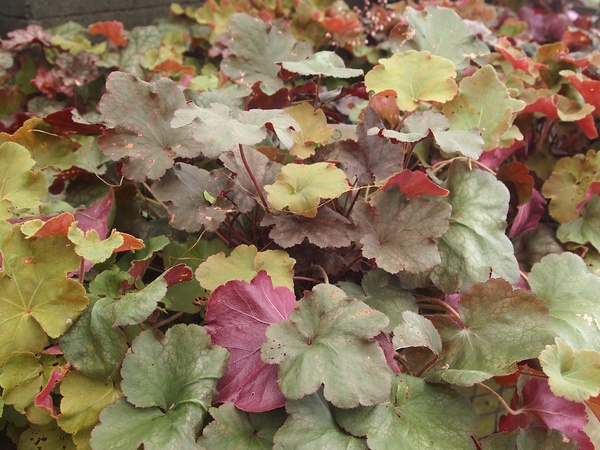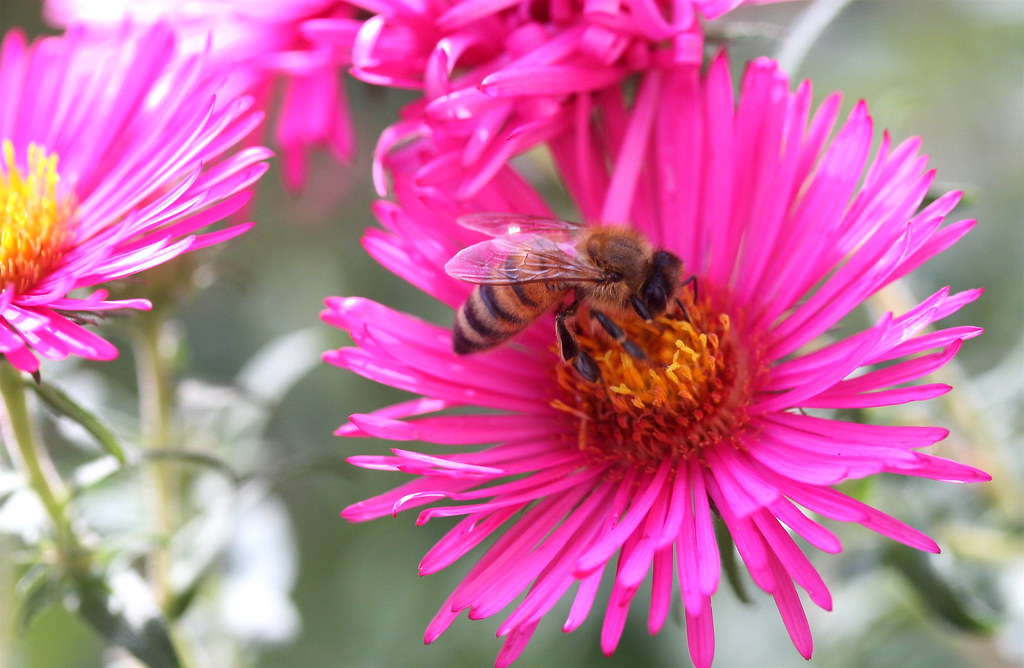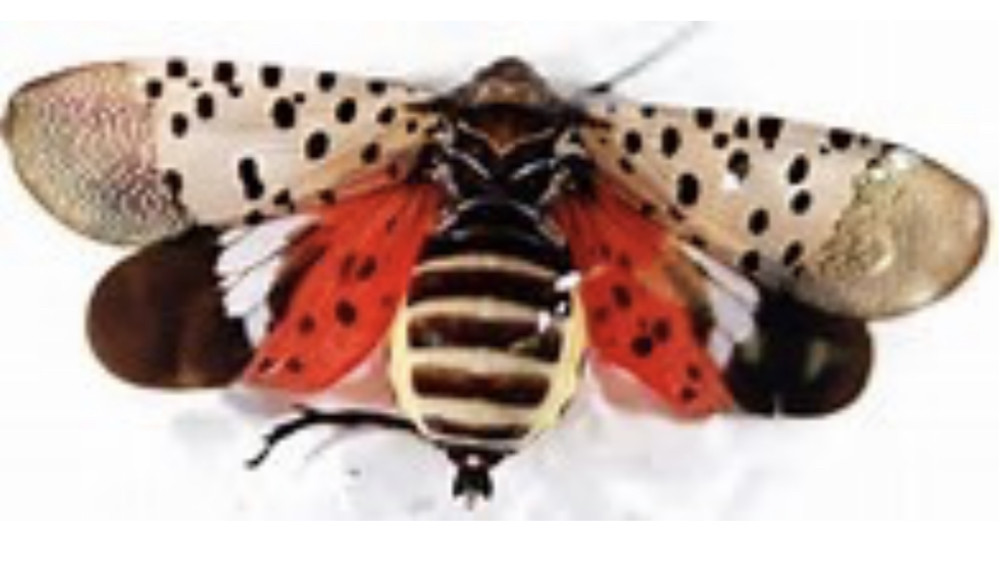Fall is for Planting

September is a great time to plant perennials, trees, and shrubs. They will have time to establish their roots before the ground freezes, giving them a head start for the following spring.

Enjoy the pollinators visiting native plants such as goldenrods, asters, and ironweed, as well as your other flowering perennials and annuals. (Photo credit: “aster and honeybee” by Muffet is licensed under CC BY 2.0)
This is the time for lawn renovation. Any seeding should be done by October 1st, to give the grass a chance to establish while the ground is still warm.
Plant cover crops in your vegetable beds when harvest and clean-up is done. For information about the benefits of using cover crops, see Cover Crops in Home Gardens Improve Soil and Reduce Erosion from Penn State Extension

Consider adding some plants with winter interest such as conifers, witch hazels, and winterberries (they can also provide important food for birds). And some of the hardier camellias can provide spirit-lifting color during the colder months. (Photo credit: “Witch Hazel along the Appalachian Trail” by UGArdener is licensed under CC BY-NC 2.0)
Bring your indoor plants back inside, but be sure to debug them first. For general information about indoor plant care and maintenance, see House Plant Care from University of Maryland Extension
Begin planting spring bulbs, but wait until October to plant tulips. Click here for more info. Consider adding snow drops to your landscape. They are such a welcome sight in the dreary days of winter!

Be on the lookout for the Spotted Lantern Fly. It is a newly invasive insect that threatens New Jersey agriculture and has been sighted in Mercer County. Adults may be found feeding on many hosts, especially tree of heaven (Ailanthus altissma). See it, report it. To help survey efforts, the general public should report sightings (with photograph) to slanternfly@njaes.rutgers.edu.
For lots of helpful information about this insect see Spotted Lanternfly (Rutgers NJAES). For info on how to identify and remove Spotted Lantern Fly egg masses, see the video: How to Remove Spotted Lanternfly Eggs from Morris Arboretum of the University of Pennsylvania.
For more tips, click on: General January February March April May June July August September October November December